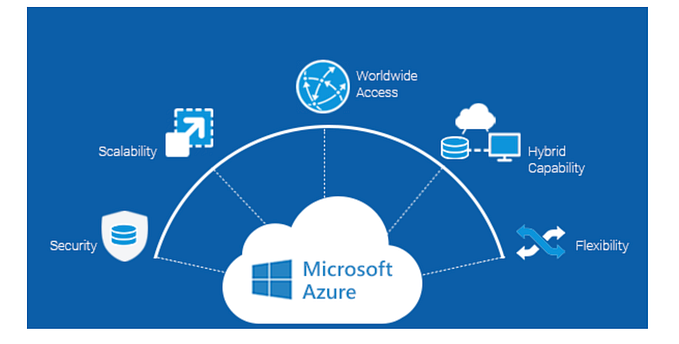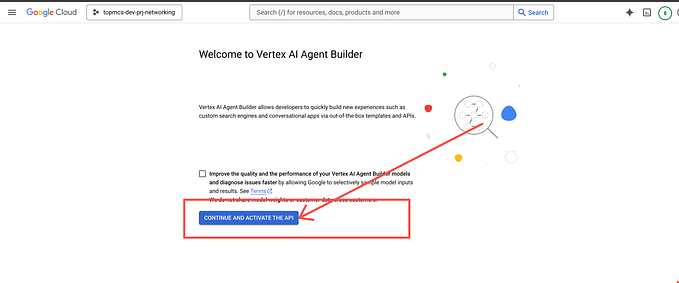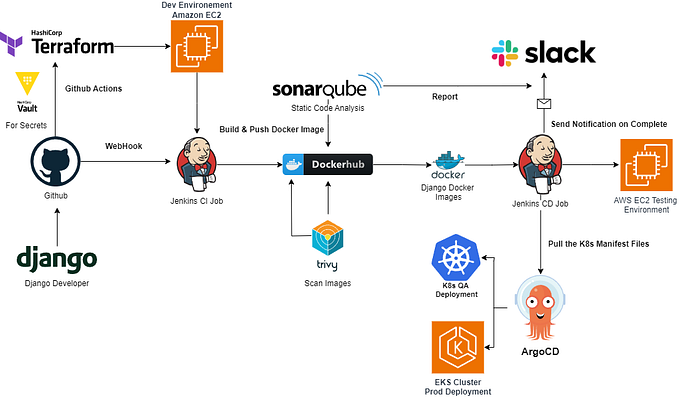How would you design a Jenkins pipeline to handle environment-specific configurations, ensuring consistency across deployments while minimizing the risk?
1. Use Parameterized Pipelines
- Jenkins allows pipelines to be parameterized, so you can define the target environment (development, staging, production) as a parameter. This allows the pipeline to dynamically adjust the configuration based on the environment.
pipeline {
agent any
parameters {
choice(name: 'ENV', choices: ['dev', 'staging', 'prod'], description: 'Select environment')
}
stages {
stage('Checkout') {
steps {
git 'https://github.com/your-repo.git'
}
}2. Store Environment-Specific Configuration in Version-Controlled Files
- Store configuration details (e.g., database connections, API endpoints) in environment-specific files such as YAML, JSON, or
.envfiles. For example, you could have aconfig/directory with separate files for each environment (dev.env,staging.env,prod.env).
# config/dev.env
DATABASE_URL=jdbc:devdb-url
API_ENDPOINT=https://dev.api.example.comJenkins can load the appropriate configuration file based on the selected environment in the pipeline.
3. Utilize Jenkins Credentials for Sensitive Data
- Store sensitive configuration values like passwords, API keys, and tokens in Jenkins credentials. This avoids hardcoding sensitive information in configuration files or the pipeline script.
environment {
DB_PASSWORD = credentials('db-password-id')
API_KEY = credentials('api-key-id')
}4. Load Environment-Specific Configurations Dynamically
- Use a script to load environment-specific configuration files dynamically based on the environment parameter. You can leverage tools like
envsubstorjqto read and inject values into the pipeline's environment.
stage('Load Config') {
steps {
script {
def envConfig = readProperties file: "config/${params.ENV}.env"
envConfig.each { key, value ->
env."${key}" = value
}
}
}
}5. Separate Stages or Jobs for Each Environment
- For better visibility and control, separate jobs or stages for each environment can be created, especially if the deployment process differs slightly between environments. Each stage can be gated by a condition.
stage('Deploy to Environment') {
when {
expression { params.ENV == 'dev' }
}
steps {
sh './deploy-dev.sh'
}
}
stage('Deploy to Staging') {
when {
expression { params.ENV == 'staging' }
}
steps {
sh './deploy-staging.sh'
}
}
stage('Deploy to Production') {
when {
expression { params.ENV == 'prod' }
}
steps {
sh './deploy-prod.sh'
}
}6. Use Environment-Specific Docker Containers
- If your application runs in containers, you can use environment-specific Docker images or configurations within your Jenkinsfile. This ensures consistent deployment environments.
stage('Build Docker Image') {
steps {
script {
docker.build("app-${params.ENV}", "-f Dockerfile.${params.ENV} .")
}
}
}7. Testing and Validation Steps
- Include testing and validation steps in each environment before deploying to the next stage (e.g., run unit tests in development, integration tests in staging). This minimizes the risk of deploying faulty configurations.
stage('Test') {
steps {
sh 'run-tests.sh'
}
}8. Pipeline As Code (Jenkinsfile)
- Maintain your pipeline configuration in code using
Jenkinsfile. This allows version control, rollback, and consistency across different Jenkins instances or environments.
9. Leverage Infrastructure as Code (IaC) for Consistency
- Use IaC tools like Terraform or Ansible to provision environments consistently. Jenkins can trigger these tools based on the environment, ensuring the infrastructure is consistent across environments.
stage('Infrastructure Provisioning') {
steps {
sh "terraform apply -var-file=vars/${params.ENV}.tfvars"
}
}One Example:-
pipeline {
agent any
stages {
stage('Build') {
steps {
sh 'mvn clean package'
}
}
stage('Deploy to Development') {
environment {
DEPLOY_ENV = 'development'
}
steps {
sh 'ansible-playbook deploy.yml -e environment=${DEPLOY_ENV}'
}
}
stage('Deploy to Testing') {
environment {
DEPLOY_ENV = 'testing'
}
steps {
sh 'ansible-playbook deploy.yml -e environment=${DEPLOY_ENV}'
}
}
stage('Deploy to Production') {
environment {
DEPLOY_ENV = 'production'
}
steps {
sh 'ansible-playbook deploy.yml -e environment=${DEPLOY_ENV}'
}
}
}
}Key Advantages:
- Consistency: By versioning configuration files and using IaC, you ensure consistency across environments.
- Minimized Risk: Using separate configuration files and proper validation ensures the correct values are used during deployment.
- Flexibility: The pipeline dynamically adapts based on the environment, allowing changes without modifying the pipeline code frequently.
- Security: Jenkins credentials safely store sensitive data, and the use of IaC minimizes manual errors.
This approach gives you flexibility and control over the CI/CD process while ensuring the right configuration is applied across environments.








